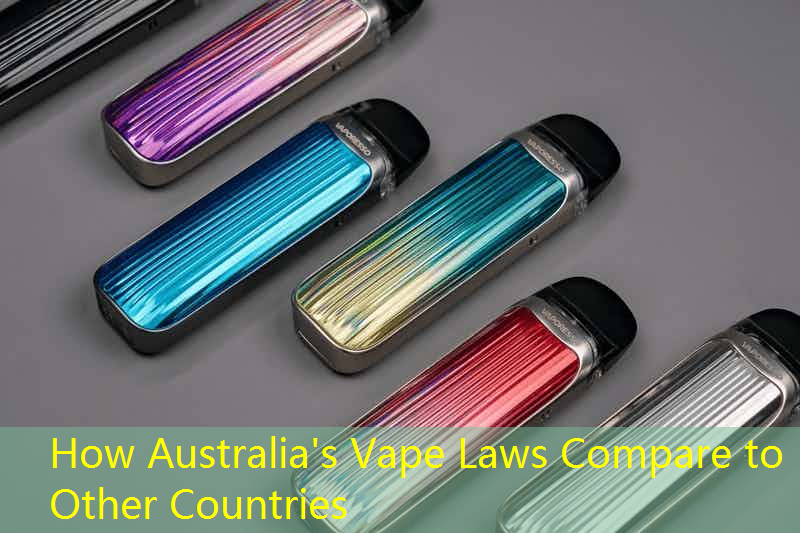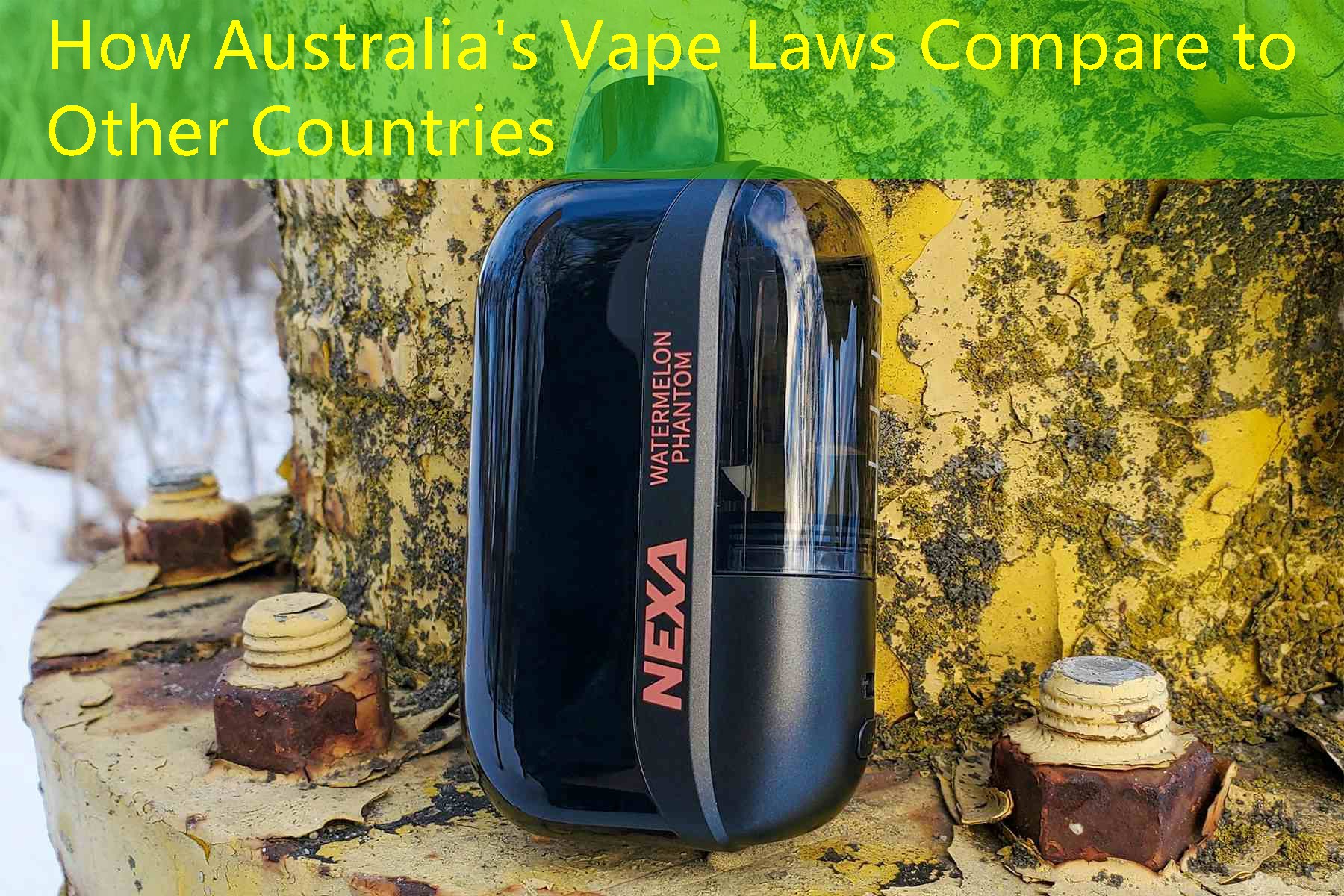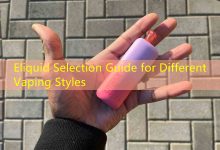1. Introduction to Vaping Regulations
The vaping landscape has evolved significantly over the past decade, Birçok ülkede elektronik sigaraların satışını ve kullanımını düzenleyen özel yasa ve düzenlemeler getiriliyor. Avustralya istisna değildir, ve e-sigara yasaları genellikle dünyanın diğer yerlerindeki yasalardan farklı olarak görülüyor. Elektronik sigaraya ilişkin halk sağlığı endişeleri artmaya devam ederken, Bu düzenlemelerin anlaşılması hem tüketiciler hem de politika yapıcılar için giderek daha önemli hale geliyor. Bu makale Avustralya'nın e-sigara yasalarının diğer ülkelerinkilerle nasıl karşılaştırıldığını inceleyecek, Temel farklılıkları ve benzerlikleri vurgulamak, aynı zamanda halk sağlığı ve güvenliği açısından etkilerini de göz önünde bulundurarak.
2. Overview of Australia’s Vaping Laws
Avustralya'da, vaping laws are primarily regulated at both the federal and state levels. Under current legislation, it is illegal to sell nicotine-containing e-cigarettes without a doctor’s prescription. This means that while non-nicotine vaping products are permitted, those seeking to use nicotine e-liquids must navigate a complex medical framework. Ek olarak, advertising and promotional activities related to vaping are heavily restricted. The regulations aim to discourage youth access and promote public health, but they also raise concerns about the accessibility of vaping alternatives for adults looking to quit smoking.
3. Comparison with New Zealand
New Zealand offers a contrasting approach to vaping regulations compared to Australia. İçinde 2020, the New Zealand government passed legislation that allows the sale of nicotine-containing vaping products without a prescription. The rationale behind this decision is to provide smokers with access to safer alternatives and to reduce smoking rates. While regulations exist to prevent sales to minors and to control advertising, the overall environment for vaping is more permissive. This approach aims to empower consumers, particularly those seeking to transition away from traditional cigarettes.
4. The Situation in the United States
In the United States, the landscape of vape laws is complex and varies significantly from state to state. itibariyle 2023, there is no federal law specifically regulating e-cigarettes, but the Food and Drug Administration (FDA) does have authority over their marketing and distribution. Many states have introduced their own measures, including age restrictions and flavor bans, often in response to rising concerns over youth vaping. The decentralized regulatory framework can lead to confusion and inconsistency, with regulatory approaches ranging from very permissive to highly restrictive.
5. European Union Regulations
The European Union (EU) has implemented a more standardized approach to vaping regulations through the Tobacco Products Directive (TPD). This legislation places strict limits on the sale and marketing of vaping products, including restrictions on nicotine content, volume of e-liquids, and advertising practices. Member states have considerable discretion in enforcing these regulations, leading to some variations across the EU. Etraflı, the TPD aims to protect public health while allowing adults a choice in using electronic cigarettes as a less harmful alternative to smoking.
6. Impacts of Vaping Regulations on Public Health
The impact of vaping regulations on public health is a contentious issue. Proponents of stricter regulations argue that they are necessary to prevent youth access and reduce potential harms associated with vaping. Tersine, advocates for more accessible vaping argue that it serves as a valuable smoking cessation tool, potentially saving lives by offering less harmful alternatives. In the cases of Australia and New Zealand, differing regulations illustrate the balance between public health concerns and the right of adults to choose their smoking cessation methods. This ongoing debate continues to shape policies around vaping worldwide.
7. Çözüm

Sonuç olarak, Australia’s vaping laws reflect a cautious approach focusing on public health and safety. Tersine, countries like New Zealand have adopted more lenient regulations aimed at facilitating access to safer alternatives for smokers. As vaping continues to evolve, it will be essential to monitor these laws and their impacts on consumer behavior and public health outcomes. A balance must be struck between protecting youth and providing adult smokers with viable options to quit smoking.
8. How do Australia’s vaping laws affect smokers looking to quit?
Australia’s strict regulations limit access to nicotine vaping products, which can pose challenges for smokers attempting to quit. The need for a prescription to obtain nicotine e-cigarettes may deter some individuals from making the transition away from traditional cigarettes. Fakat, these laws are also designed to protect public health and minimize the potential for nicotine addiction among youth. While some smokers may find it difficult to access the products they need to quit, the overall aim is to safeguard the population, particularly young people.
9. What are the potential public health implications of having different vaping laws in Australia and New Zealand?

The divergence in vaping laws between Australia and New Zealand has significant public health implications. New Zealand’s more permissive approach could lead to higher rates of vaping among adult smokers, potentially resulting in lower smoking rates overall. Tersine, Australia’s restrictive measures may limit smokers’ access to these alternatives, keeping smoking rates higher. Such differences underline the importance of continuous research and evaluation of vaping’s role as a cessation tool, providing insights that could influence future regulations in both countries.
10. How do these laws affect youth access to vaping products?
The regulations surrounding vaping in Australia and other countries are predominantly focused on preventing youth access. Australia’s stringent prescription requirement for nicotine products aims to limit accessibility among minors. New Zealand, while allowing easier access for adults, also imposes strict age verification measures to prevent underage purchases. The effectiveness of these laws remains a critical topic of discussion among public health experts, as the rising trend of youth vaping necessitates ongoing scrutiny and potential adjustments in legislation.







